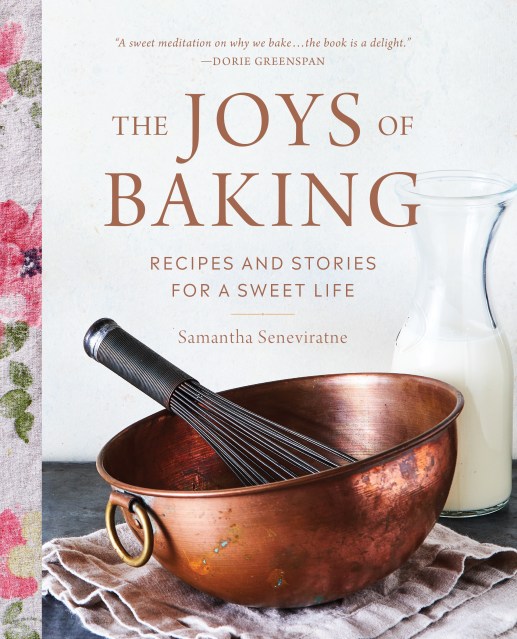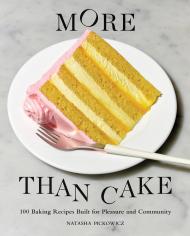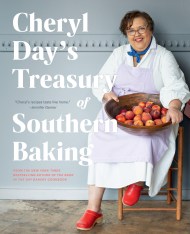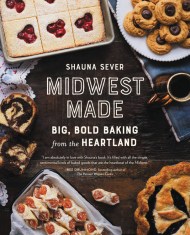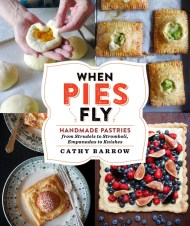Promotion
Shop now and save 20% on your back-to-school purchases & get free shipping on orders $45+ Use code: SCHOOL24
The Joys of Baking
Recipes and Stories for a Sweet Life
Contributors
Formats and Prices
Price
$30.00Price
$38.00 CADFormat
Format:
- Hardcover $30.00 $38.00 CAD
- ebook $15.99 $19.99 CAD
This item is a preorder. Your payment method will be charged immediately, and the product is expected to ship on or around October 8, 2019. This date is subject to change due to shipping delays beyond our control.
Also available from:
Baking Your Way Through a Sweet Life, with Great Recipes … from Samantha Seneviratne of Magnolia Network's "Everyday Cooking."
Author Samantha Seneviratne believes that every baking project begins with a spark-a desire, a craving, a memory, or a feeling-and through baking that spark is made real. Inspired by the gumption and charm of the classic, bestselling cookbook The Joy of Cooking, this cookbook focuses on the joys that make up everyday life and 75 ways to bake yourself back up when you feel like you've hit the bottom. Each chapter explores one of five themes and provides recipes paired with touching, humorous, and thoughtful essays and beautiful photos throughout.
Cooking is a necessity-everyone needs to eat-but baking is different. No one needs a chocolaty cake or a delectable sweet to survive. That is, until that moment when a chocolate cake is exactly what you need to survive.
Author Samantha Seneviratne believes that every baking project begins with a spark-a desire, a craving, a memory, or a feeling-and through baking that spark is made real. Inspired by the gumption and charm of the classic, bestselling cookbook The Joy of Cooking, this cookbook focuses on the joys that make up everyday life and 75 ways to bake yourself back up when you feel like you've hit the bottom. Each chapter explores one of five themes and provides recipes paired with touching, humorous, and thoughtful essays and beautiful photos throughout.
- Chocolate Cardamom Swirl Babka
- Apricot Frangipange Phyllo Tart
- Nectarine Galette with Sour Cherry Jam
- Strawberry Rhubarb Cake with Bay and Orange
- Coffee Crème Bundt Cake
- On Sale
- Oct 8, 2019
- Page Count
- 208 pages
- Publisher
- Running Press
- ISBN-13
- 9780762492534
Newsletter Signup
By clicking ‘Sign Up,’ I acknowledge that I have read and agree to Hachette Book Group’s Privacy Policy and Terms of Use
